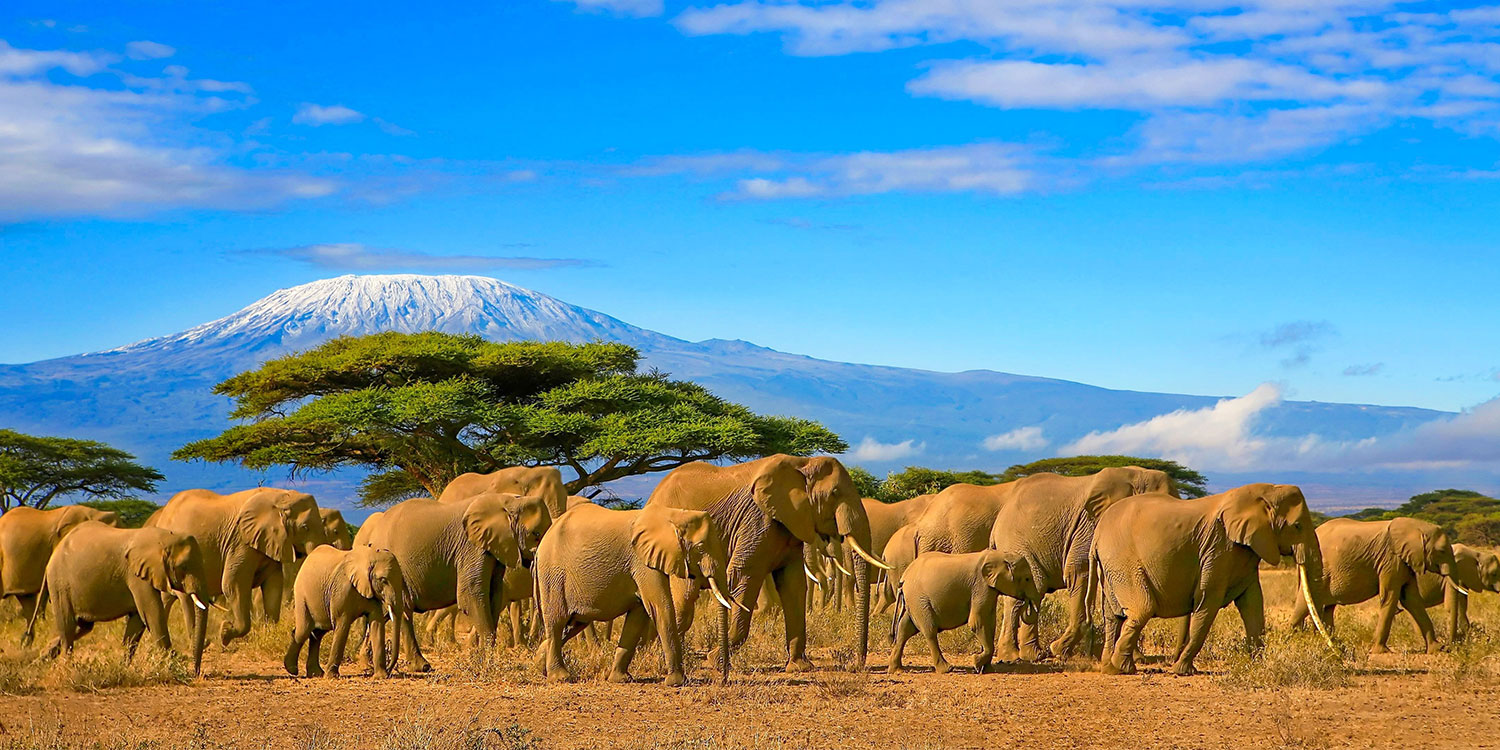
Kenya Travel Guide
Close encounters of the wild kind

Weather
Currency
Language
Travel tips and insider advice that have made the most difference to us, sourced from our
community of like-minded travellers and global experts.
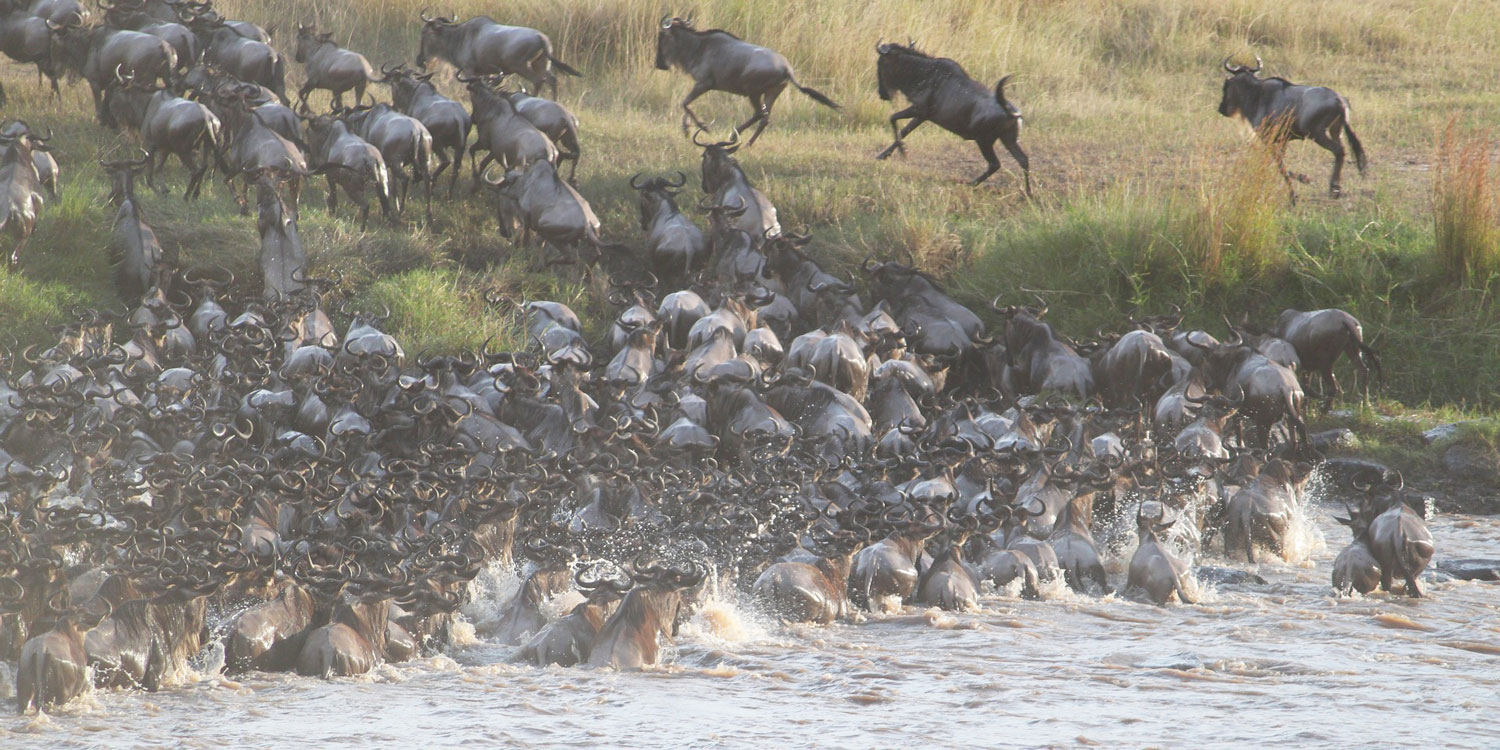
Recommended by Not Without My Passport
Helen Suk is a travel writer and photographer who documents her journeys on her blog, Not Without My Passport, and encourages readers to seek new experiences and see the world in a different way. Not Without My Passport has been published in various publications and sites including AFAR, and by other bloggers such as Adventurous Kate, and Nomadic Matt.
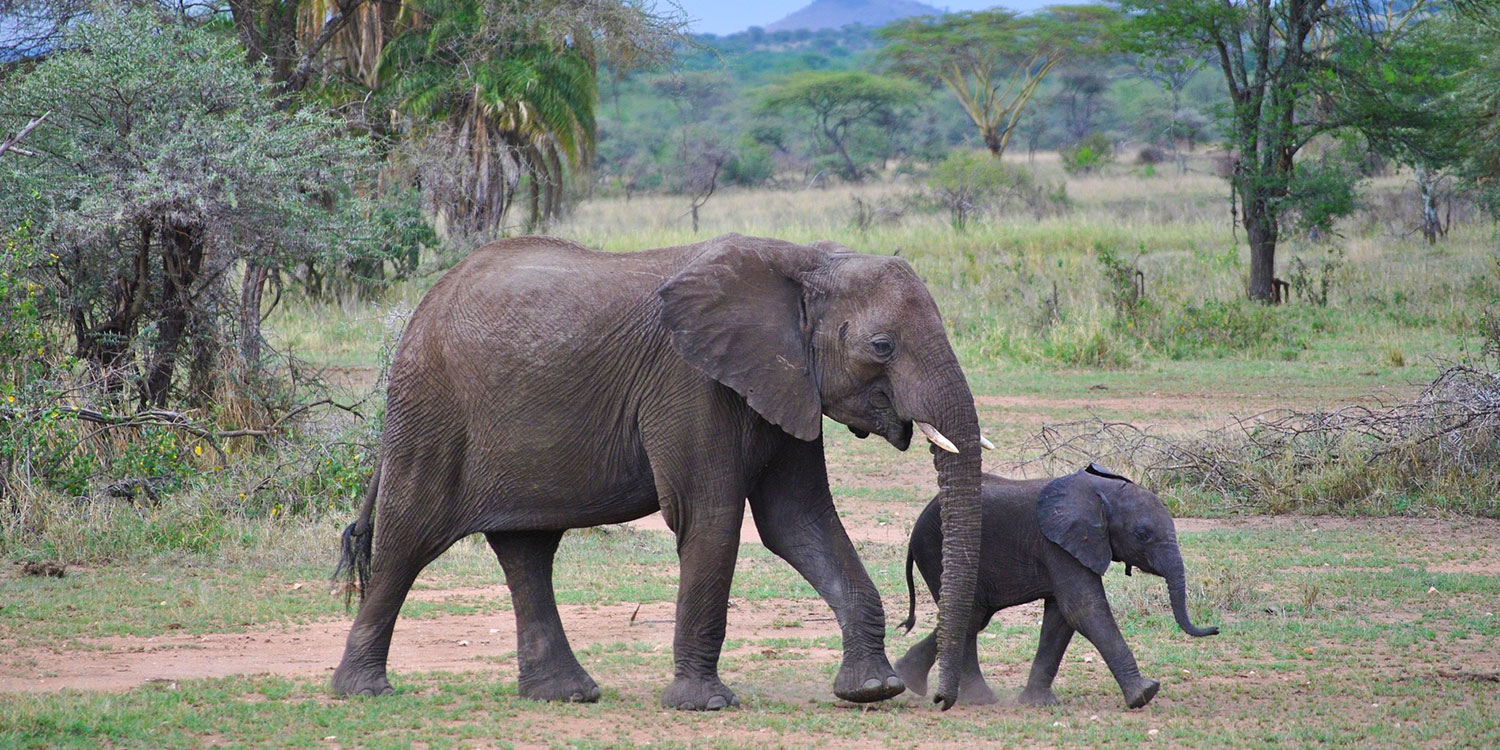
Recommended by The Sane Traveller
: Anita Sane aims to give readers confidence in their ability to travel solo and independently. Every post is filled with practical information and photos for ideas for readers’ future travels.
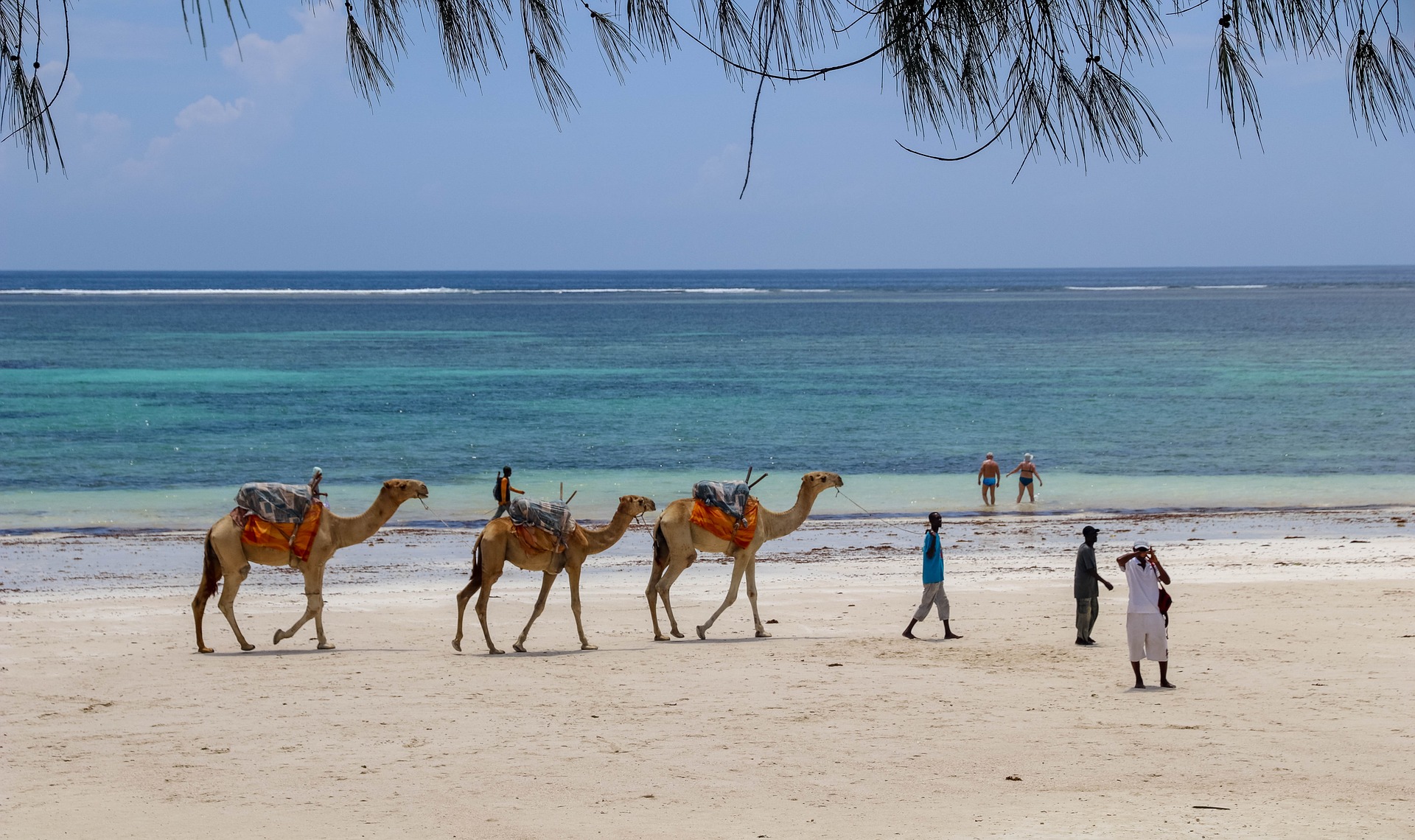
Recommended by Big World Small Pockets
Big World Small Pockets, created by Stephanie Parker, is one of the leading resources online for budget travellers. The popular site has been featured on The Lonely Planet, National Geographic, The Huffington Post, Thought Catalog, and is a nominee for the British Travel Awards 2019.

Recommended by NOMADasaurus
Australia’s biggest adventure travel blog run award-winning travel writers and photographers Alesha Bradford and Jarryd Salem. They specialise in adventure travel, sustainable tourism, detailed travel guides, off the beaten path destinations, photography and creating a lifestyle around travel. They’ve been featured on Buzzfeed, BBC Travel, the Daily Mail, and other publications.
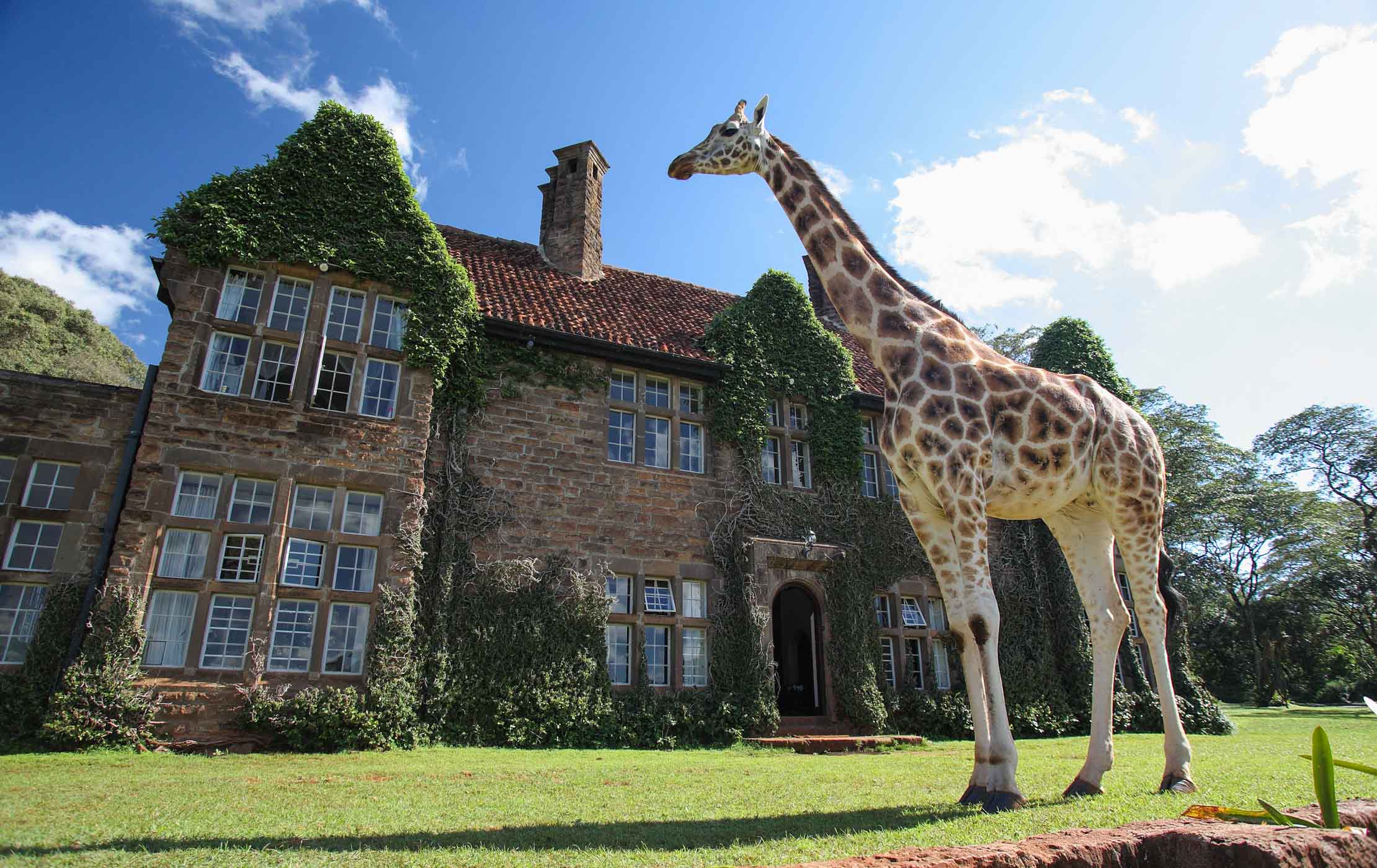
Recommended by The Blonde Abroad
Kiersten Rich created The Blonde Abroad to help women find the confidence to travel the world. She shares resources on everything from solo travel to packing guides to photography tips on her site. The Blonde Abroad is a Forbes Ranked "Top 10 Travel Influencer", and has been featured in The New York Times, Travel & Leisure, Marie Claire, Business Insider, AFAR, Times Now & more.
Nobody wants to be a tourist. Here are curated experiences in art, music, food, culture and communities
to help you have an authentic and memorable trip.
See all our departures to Kenya. Choose from a wide variety of travel styles, hundreds of departure dates and budget choices.
Be part of something special
Be the very first to hear about new trips and special discounts (get up to 15% off on regular prices!). Get exclusive tools and expert advice to keep you inspired and help you travel better.It's completely free!
Join our Whatsapp group Get a Byond account
